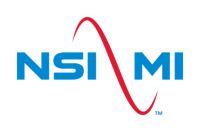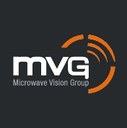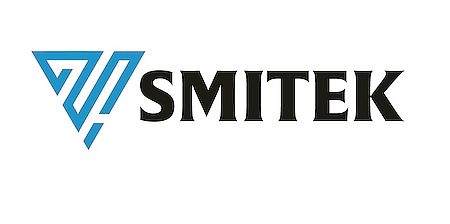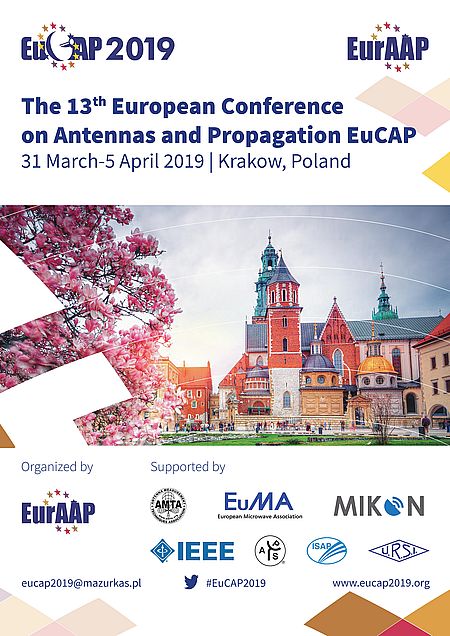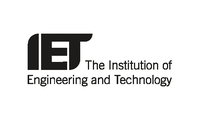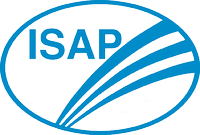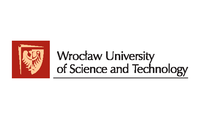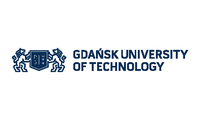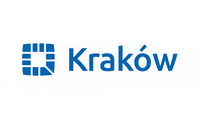Prof. Stefano Maci
Metasurfaces: from Numerical Models to EM devices
University of Siena, Italy
Biography
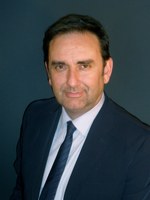 Stefano MACI is with University of Siena (UNISI) since 1997 as associate professor and since 2004 as Professor and responsible of the EM lab of UNISI. His research interest includes high-frequency and beam representation methods, computational electromagnetics, large phased arrays, planar antennas, reflector antennas and feeds, metamaterials and metasurfaces. In 2004-2007 he was WP leader of the Antenna Center of Excellence (ACE, FP6-EU) and in 2007-2010 he was International Coordinator of a 24-institution consortium of a Marie Curie Action (FP6). He has been Principal Investigator from 2010 of 6 cooperative projects financed by European Space Agency. In 2004 he was the founder of the European School of Antennas (ESoA), a post graduate school that presently comprises 30 courses on Antennas, Propagation, Electromagnetic Theory, and Computational Electromagnetics and 150 teachers coming from 15 countries. Stefano Maci has been a former member of the AdCom of IEEE Antennas and Propagation Society (AP-S), associate editor of AP-Transaction, Chair of the Award Committee of IEEE AP-S, and member of the Board of Directors of the European Association on Antennas and Propagation (EurAAP). He has been Director of the PhD program in Information Engineering and Mathematics of University of Siena from 2008 to 2015, and also member of the National Italian Committee for Qualification to Professor from 2013 to 2015. He is the director of the consortium FORESEEN, presently involving 48 European Institutions, and principal investigator of the Future Emerging Technology project “Nanoarchitectronics” of the 8th EU Framework program. He was co-founder of 3 Spin-off Company. He is a Distinguished Lecturer of the IEEE Antennas and Propagation Society (AP-S) (since 2013) and first distinguish lecturer of the EurAAP Ambassador Program (2018); he was also recipient of the EurAAP Award in 2014, of the IEEE Shelkunoff Transaction Prize 2015, and of the Chen-To Tai Distinguished Educator award 2016. His research activity is documented in 160 papers published in international journals, (among which 100 on IEEE transaction and letter journals), 11 book chapters, and about 400 papers in proceedings of international.
Stefano MACI is with University of Siena (UNISI) since 1997 as associate professor and since 2004 as Professor and responsible of the EM lab of UNISI. His research interest includes high-frequency and beam representation methods, computational electromagnetics, large phased arrays, planar antennas, reflector antennas and feeds, metamaterials and metasurfaces. In 2004-2007 he was WP leader of the Antenna Center of Excellence (ACE, FP6-EU) and in 2007-2010 he was International Coordinator of a 24-institution consortium of a Marie Curie Action (FP6). He has been Principal Investigator from 2010 of 6 cooperative projects financed by European Space Agency. In 2004 he was the founder of the European School of Antennas (ESoA), a post graduate school that presently comprises 30 courses on Antennas, Propagation, Electromagnetic Theory, and Computational Electromagnetics and 150 teachers coming from 15 countries. Stefano Maci has been a former member of the AdCom of IEEE Antennas and Propagation Society (AP-S), associate editor of AP-Transaction, Chair of the Award Committee of IEEE AP-S, and member of the Board of Directors of the European Association on Antennas and Propagation (EurAAP). He has been Director of the PhD program in Information Engineering and Mathematics of University of Siena from 2008 to 2015, and also member of the National Italian Committee for Qualification to Professor from 2013 to 2015. He is the director of the consortium FORESEEN, presently involving 48 European Institutions, and principal investigator of the Future Emerging Technology project “Nanoarchitectronics” of the 8th EU Framework program. He was co-founder of 3 Spin-off Company. He is a Distinguished Lecturer of the IEEE Antennas and Propagation Society (AP-S) (since 2013) and first distinguish lecturer of the EurAAP Ambassador Program (2018); he was also recipient of the EurAAP Award in 2014, of the IEEE Shelkunoff Transaction Prize 2015, and of the Chen-To Tai Distinguished Educator award 2016. His research activity is documented in 160 papers published in international journals, (among which 100 on IEEE transaction and letter journals), 11 book chapters, and about 400 papers in proceedings of international.
Stefano MACI is a Professor the University of Siena (UNISI), and head of the EM lab of UNISI. Since 2004, he has been responsible of 6 projects funded by the European Union (EU) and 14 research projects funded by the European Space Agency. In 2004 he founded the European School of Antennas (ESoA), a PhD school that presently comprises 35 courses on Antennas, Propagation, Electromagnetic Theory. He is former director of the PhD School of ICT in Siena, and present Director of the FORESEEN center and Leader of the H2020 FET project Nanoarchitectronics. He is a IEEE Fellow, IEEE and EuRAAP Distinguish Lecturer. He has been a Director of the European Association on Antennas and Propagation (EuRAAP), recipient of the EurAAP Award in 2014, and of the IEEE Chen-To-Tai Distinguished Educator award in 2016. He won the IEEE Transaction Shelkunoff prize in 2015. He is author of 10 book chapters, 150 papers published in international journals, and about 400 conference papers.
Synopsis
Metasurfaces constitute a class of thin metamaterials, which can be used from microwave to optical frequencies to create new electromagnetic engineering devices. At microwave regime they are obtained by a dense periodic texture of small elements printed in a stratified medium. Changing the dimensions of the elements, being the sub-wavelength 2D-periodicity equal, gives the visual effect of a pixelated image and the electromagnetic effect of a modulation of the equivalent local reactance. The modulated metasurface reactance so obtained is able to transform space, surface or guided waves into different wavefield configurations with required properties. The modulation of the metasurface reactance allows for a local modification of the dispersion equation and, at constant operating frequency, of the local wavevector. We may identify three main design of MTSs, in which the objective is to control: (i) space-wave; (ii) leaky-wave, and (iii) surface wave. The first type of MTSs control impinging spatial waves by refracting, deflecting, focusing or controlling the polarization of an impinging space wave. The second class of MTS is designed in order to convert a bounded surface wave (SW) into a curvilinear wavefront leaky-wave (LW), where impedance BCs are modulated in a locally-periodic fashion. MTSs for SWs manipulation control their propagation path, changing the SW wavefront. Combining these different design into microwave devices lThis presentation will start from the basic theory and illustrates numerical models in a design loop, to end-up to several new design of high-gain, low cross-pol antennas, Gaussian horns, multibeams, lenses, deflector, metaradomes and ultrawideband antennas. Examples of adaptive MTSs, composed of dynamically reconfigurable materials, would allow to explore new reconfigurable-beam antennas all be also shown.


